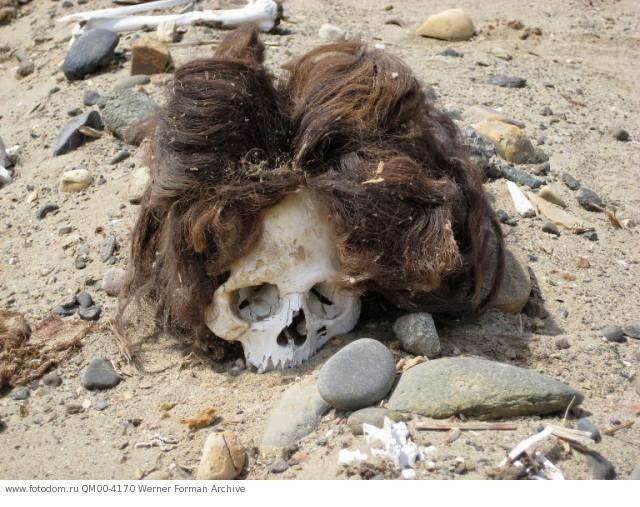Analysis of fecal matter from the natural mummy of Cangrande della Scala, a medieval warlord and the patron of the poet Dante Alighieri, has established the Italian nobleman was poisoned with a deadly heart-stopping plant known as Digitalis or foxglove.
The most powerful man in the history of Verona, to whom Dante dedicated part of the “Divine Comedy,” Cangrande della Scala (1291-1329) died at the age of 38 on 22 July 1329.
“He became sick with vomit and diarrhoea just a few days after winning control over the city of Treviso,” Gino Fornaciari, professor of history of medicine and paleopathology at the University of Pisa, told Discovery News.
Medieval Poison Ring Used for Political Murders
The Treviso victory was the last act in Cangrande’s long struggle to control the entire region of Veneto in northern Italy.
According to contemporary accounts, he had contracted the disease a few days before by “drinking from a polluted spring.”
Rumors of poisoning immediately started to spread. In 2004, 675 years after Cangrande’s death, Fornaciari’s team exhumed the nobleman’s body from a richly decorated marble tomb in the church of Santa Maria Antica in Verona.
“The natural mummy, still wearing its precious clothes, appeared in good state of preservation,” Fornaciari and colleagues wrote in the Journal of Archaeological Science.
Lying on the back with the arms folded across the chest, the 5-foot, 7-inch mummy was initially studied using digital X-ray and CT scans.
These showed regurgitated food in the throat, signs of arthritis in the elbows and hips, evidence of tuberculosis and possible cirrhosis.
The abdominal CT scans also showed the presence of feces in the rectum, allowing Fornaciari and colleagues to extract a sample.
Cleopatra killed by drug cocktail?
Analyses of the feces showed the presence of pollen grains of chamomile, black mulberry and, “totally unexpected, of foxglove (Digitalis sp. perhaps purpurea),” the researchers said.
Toxicological analyses confirmed concentrations of digoxin and digitoxin, two Digitalis glycosides, both in the liver and in the faeces.
“Although it is not possible to rule out totally an accidental intoxication, the most likely hypothesis is that of a deliberate administration of a lethal amount of Digitalis,” Fornaciari and colleagues concluded.
Indeed, the gastrointestinal symptoms showed by Cangrande in the last hours of his life and described by historical sources are compatible with the early phase of Digitalis intoxication.
According to the researchers, the foxglove poison may have been masked in a decoction containing chamomile, largely used as a sedative and antispasmodic drug, and black mulberry, used as astringent, which was prepared for some indisposition of Cangrande.
‘Sardonic Grin’ Has Roots in Poisonous Herb
Following Cangrande’s death, one of his physicians was hanged by his successor and nephew Mastino II.
“This adds more weight to the possibility that foul play was at least suspected, although who was ultimately behind the killing is likely to remain a mystery,” Fornaciari said.
Cangrande certainly had enemies. Among the principal suspects are the neighboring states, the Republic of Venice or Ducate of Milan, worried about the growing power of Cangrande.
But the murderer could have also been someone closer to Cangrande.
“It could have well been Mastino II himself,” Fornaciari said.
Image: Stone lid of the sarcophagus with Cangrande’s portrait (A); the body at the moment of opening (B), still wrapped in his precious clothes (C) and at the beginning of the autopsy (D). Credit: Gino Fornaciari/University of Pisa
http://news.discovery.com/history/archaeology/mummy-poo-solves-700-year-old-murder-mystery-150110.htm
.jpg)
.jpg)
























